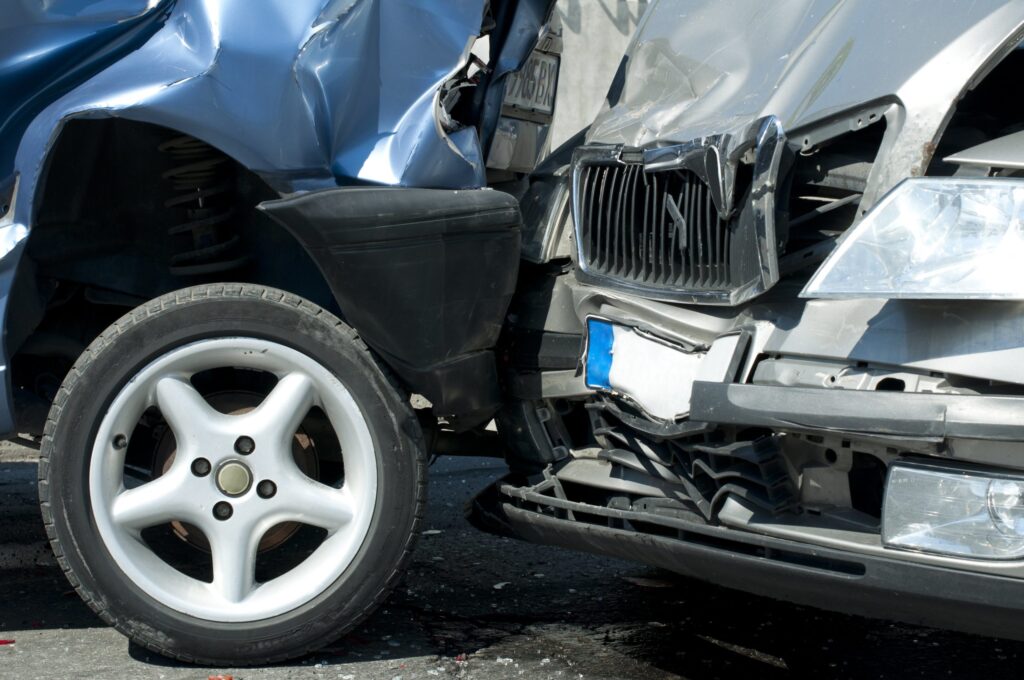Estimated reading time: 6 minutes
The outcome of an auto accident is often stressful and overwhelming, but you need to collect as much documentation as you can to help your case. In many cases, drivers are unsure of the documentation necessary to build a strong case. Discover the information your attorney requires below to help you recover compensation. Let’s learn more about what documents to give your car accident attorney.
Related Links
1. Insurance Information
While drivers exchange contact information at the accident scene, proceed with caution to avoid admitting fault. Some at-fault drivers try to argue after the accident, and you shouldn’t apologize or agree to any mistake. Instead, gather relevant insurance information and details about the other vehicle.

Exchange names, phone numbers, addresses, license numbers, insurers, policy numbers, and plate numbers. The driver involved in the accident may not be the policyholder for the vehicle’s insurance. In this case, ask for the name and personal information of the person who carries the car’s auto insurance in addition to the driver’s information. Also, note the vehicle’s model, year, make, and color.
2. Notes From The Accident Scene
Although taking notes is the last thing on your mind after a car accident, good notes help your attorney build a strong case. Once you establish that everyone is safe after the incident, start taking down relevant information.
First, establish the date, time, and place of the accident. Write a step-by-step description of what happened and narrate the traffic and weather conditions. Try and remember what you were doing before the crash and recount all events that occurred immediately after the collision. Other details to include are:
- Names and other details of any witnesses.
- Everyone involved in the crash.
- Names as well as badge numbers of police officers at the crash site.
- Any statements made by the other party.
- The type and nature of the car accident.
Remember to avoid making any admissions, even if you think you were partially responsible for the crash.
3. Photographs
Photographs are critical forms of evidence as they help establish fault after an accident. Your phone’s camera is enough to document the accident scene, as long as you use angles that minimize the sun’s glare. Take photos of the traffic light and signs near the collision site.
In addition to general views of the collision scene, your attorney will appreciate photos of all cars involved in the crash. Capture the positions of the vehicles as they relate to each other, other cars, and surrounding objects.
The next step is documenting all exterior and interior damage to the vehicles. Walk around each car’s perimeter and snap close-ups of broken windows, deployed airbags, scratches, dents, and any debris that falls onto the road. Include photos of any damaged items in the cars, such as car seats and phones. Also, capture any damage to surrounding objects like guardrails, trees, or street signs.
Photos of physical injuries are invaluable in auto accident claims. Document any visible injuries you sustained during the collision, but don’t take pictures of injured people. You can take photos of other people, police officers, and witnesses to avoid confusion. However, respect other people’s privacy. For instance, don’t post photos on social media.
4. Police Report
If police officers attended the accident scene or you reported the crash to the nearest station, there will be a police report with crucial details regarding the case. Police reports often detail any traffic laws you or the other driver violated, potential causes for the crash, and statements from drivers, passengers, and witnesses. The responding officer can also include other observations that help establish the circumstances of the incident.
You need the name and badge number of the responding officer, names of involved drivers, and the date and location of the incident to get the report. Your attorney can also obtain the report for you as long as you provide the relevant information.
5. Medical Documents
If you receive treatment for injuries sustained during the accident, keep a record of the related expenses as well as all associated medical records. Be as meticulous as you can by documenting every phase of your medical care, from the medical personnel you saw to the diagnoses, treatments, and medications. Other necessary medical records include:
- Emergency medical services like ambulance or paramedic services
- Hospital admission
- Prescription documents
- Physical therapy
- Chiropractic care
- Any other specialized treatment
Also, keep receipts of all out-of-pocket medical expenses you incurred due to injuries related to the collision.
6. Documents Demonstrating Loss Of Income
Auto accident injuries can leave you unable to earn a living, especially if you are self-employed. Recovering lost wages is a major benefit of hiring a seasoned attorney. However, you require the right documentation to claim lost pay or missed income opportunities.
Your most recent paycheck is the easiest way to show loss of income. Your employer can also fill out a wage verification form or note your regular hours, wages, and missed dates. Provide your tax returns, invoices, or banking returns if you are self-employed.
The documents above will ease your uncertainty about what to bring during the first meeting with one of our St. Louis car accident lawyers. At Canton Injury Law, we handle all the aspects of your auto accident case so that you can focus on recovery and not paperwork. Call us today for a free consultation.
